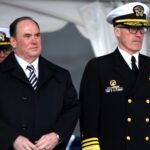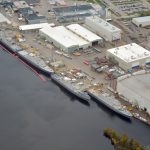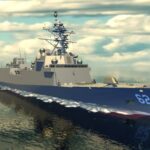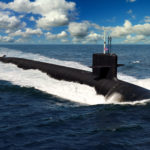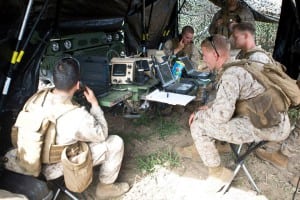
The Marine Corps Warfighting Laboratory (MCWF) spent the better part of two years conducting Limited Objective Experiments (LOE) that focused on company-level operations, all in preparation for this summer’s Advanced Warfighting Experiment (AWE) in Hawaii. MCWL commanding general Brig. Gen. Kevin Killea said a lot of elements of the test went well, a couple did not, but the Marine Corps learned a lot about what it will take for smaller units to successfully operate forward and dispersed from one another,…

